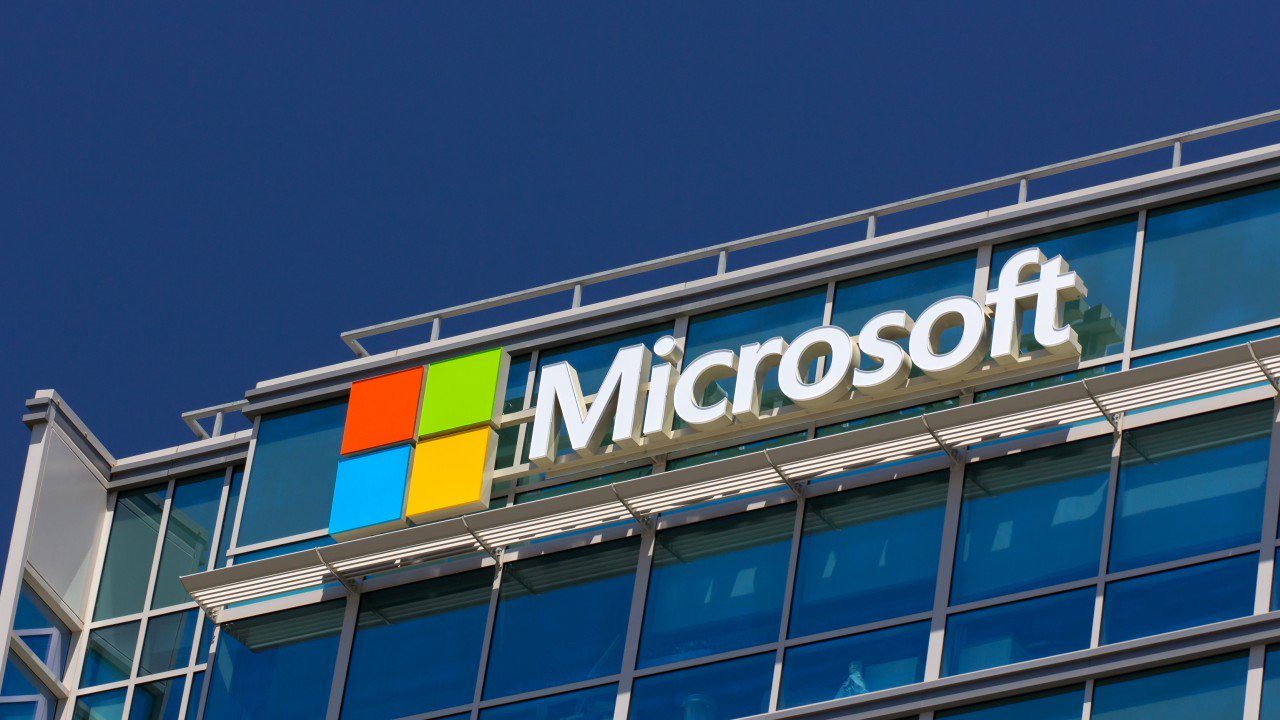In latest Microsoft Re-Org, Edge Becomes a Bigger Focus
Around, around, and around we go as Microsoft continues to shuffle the deck chairs to change the org structure of its massive ship. In this latest update which occurred earlier this week, Microsoft is disbanding Kudo’s org (which completes changes I wrote about earlier this year), is moving Edge to a more prominent role, and a few other changes but I want to focus on Edge as this is the item you should be watching.
At a high level, some of the items previously nested under Jason Zander (CVP in charge of Windows engineering) are now under EVP Rajesh Jha’s umbrella of the Experiences and Devices team. Specifically, as Mary Jo notes and who did a great writeup about this as well, Windows mobile-device management and the analytics piece of the org have been moved.
Further, Kudo’s team, I’m told, is now no longer a group and those reports are now in other parts of the Microsoft’s org. I believe this process actually started a few months ago with Megan Saunders leaving Kudo’s team and she is now heading up Cortana, based on the demos at Build and her role in the keynote.
For those wondering where Marcus Ash landed, previously he was working on Cortana, he is now the General Manager for Tasks at Microsoft.
Aside from all these changes, the way Microsoft is looking at Edge is evolving and it’s going to play a larger part in the company’s future as Windows continues to be pushed aside for other initiatives.
It’s obvious at this point that Microsoft is not going to have a mobile operating system which means the company is looking for ways to use its other services to keep users inside the Microsoft ecosystem. This strategy is going to revolve around Edge which is why the company started a few weeks ago moving more engineers to the platform to the help speed up development and broaden the scope of the application.
Edge is much more than a ‘simple’ browser. Currently, it can read PDFs, is a book store, is the backend-tech for Sets, and is playing a key role in the company’s Timeline feature. This design isn’t by accident as Microsoft knows that the browser is the central-core to all OS experiences which is why they brought Edge to iOS and Android.
Think of it this way, on mobile devices, inside of Edge, Microsoft can build experiences that transverse the desktop and mobile space seamlessly. With this concept in mind, if they can attract users to Edge and make it a ‘world-inside-a-world’ experience, then they can ‘win’ in the mobile space as well.
This is why we see the company investing heavily into iOS and Android Edge app experiences because it is the best place that Microsoft can blend desktop and mobile experiences; this is a key ‘must-win’ segment for the company.
But here’s something a bit odd about Edge, I don’t think it is coming to the Windows store anytime soon or possibly ever. Back in October of 2016, Microsoft said that front-end of Edge would eventually come to the Windows store but herw we are 20 months later and it’s still serviced as part of the OS.
For the past week, I have been asking Microsoft if this was still the plan and all I heard back was ‘no comment’. Surely, if the company was planning to use its store for servicing of the browser on the desktop, they would still be championing this at every turn.
Every time there is a re-org like this, everyone always asks if there will be layoffs. Insiders are saying that this isn’t the case for this shuffle but I will point out that the company has historically made cuts in July after the fiscal year end which occurs on June 30th.
For now, Satya and crew are once again changing the structure of the company to what it believes is better alignment of the company’s overall objectives. How long this structure will last is anyone’s guess but the company certainly does love making changes and this will not be the last.



